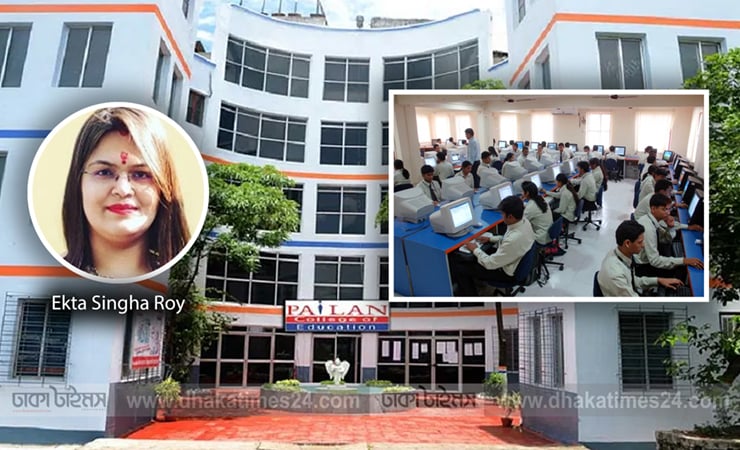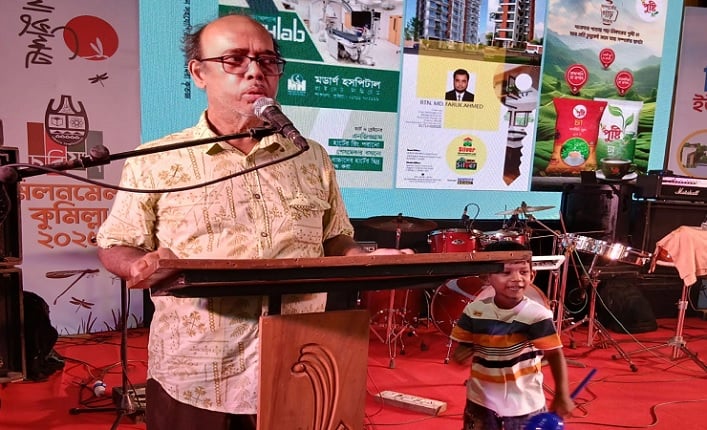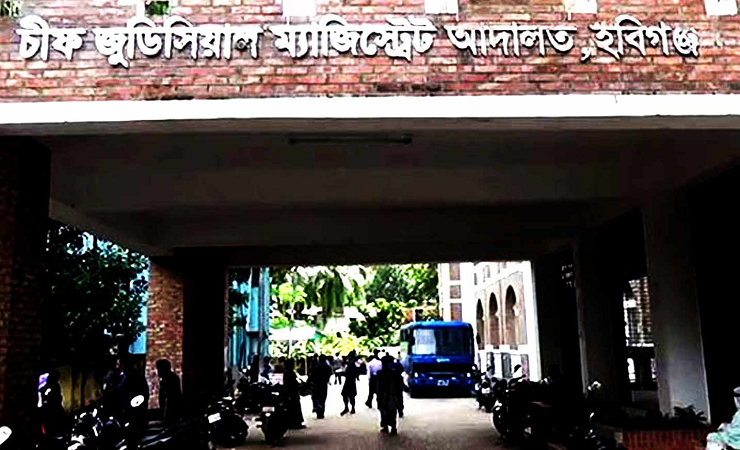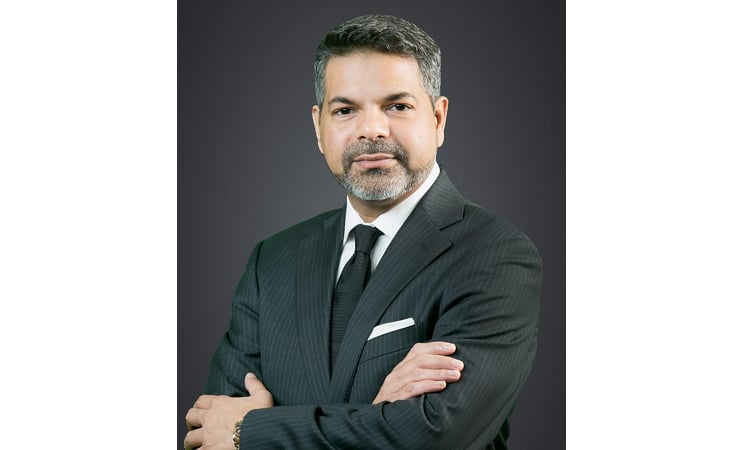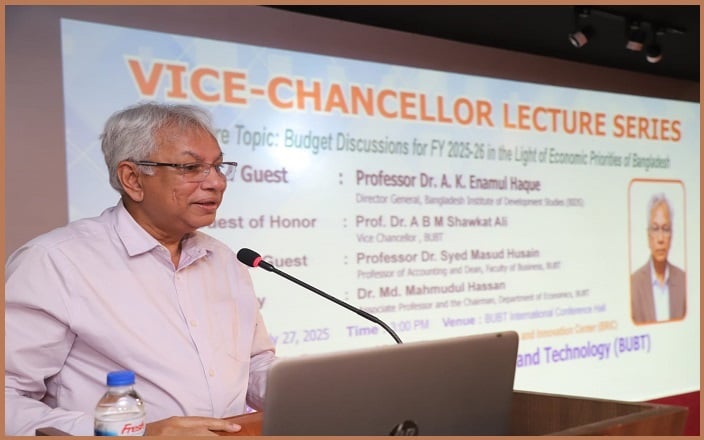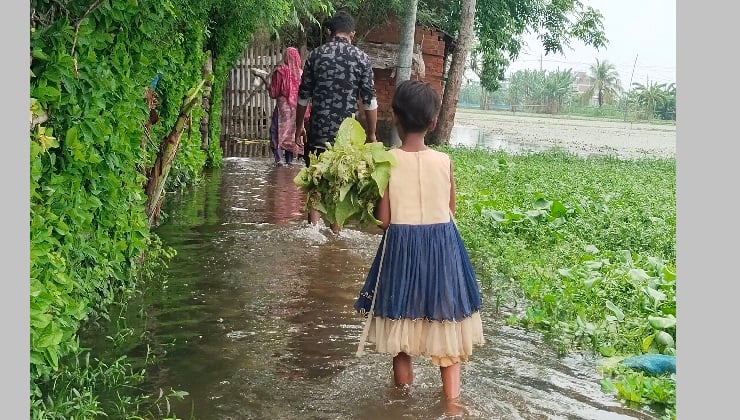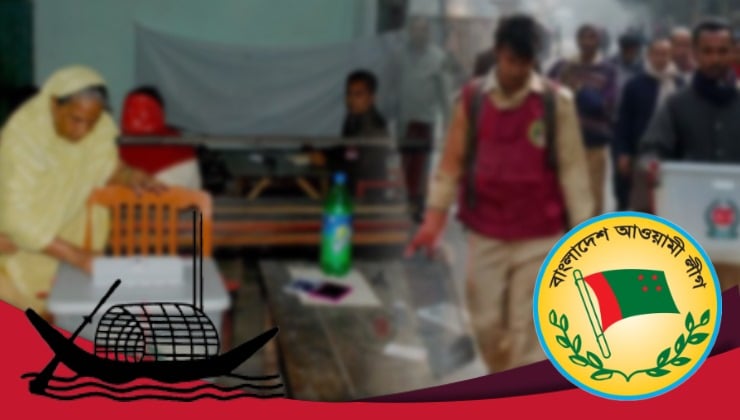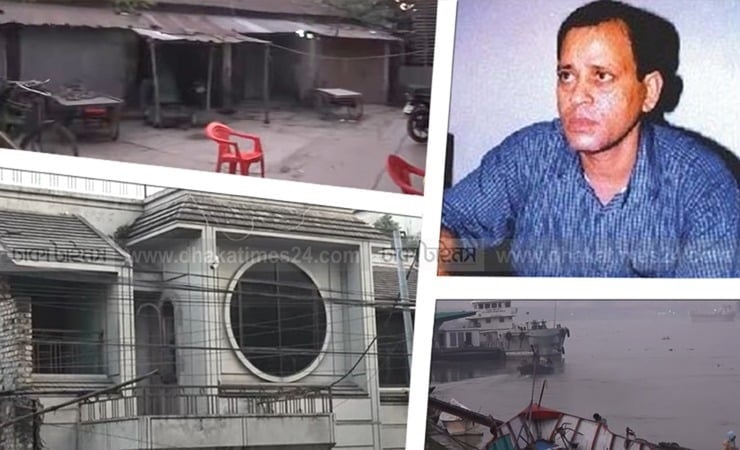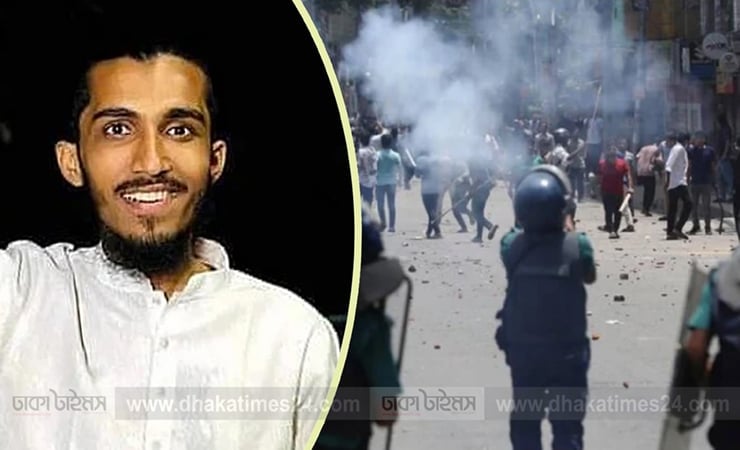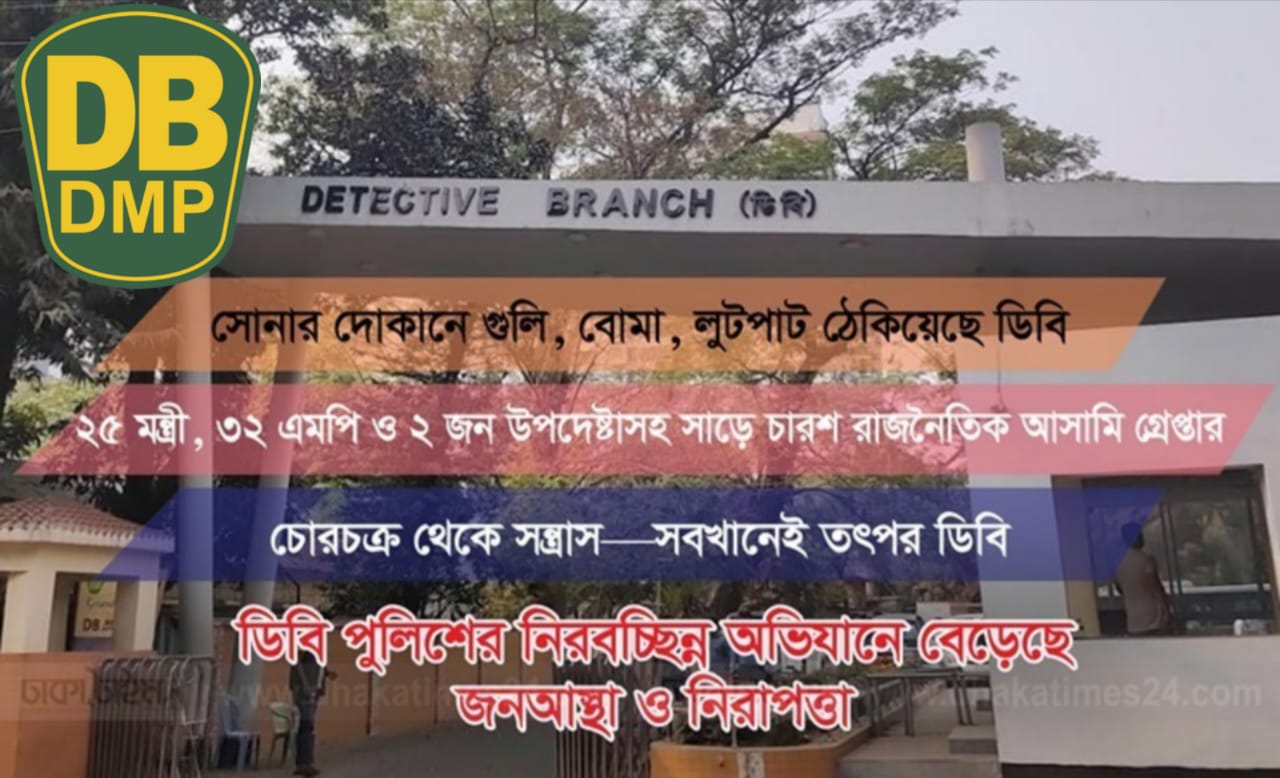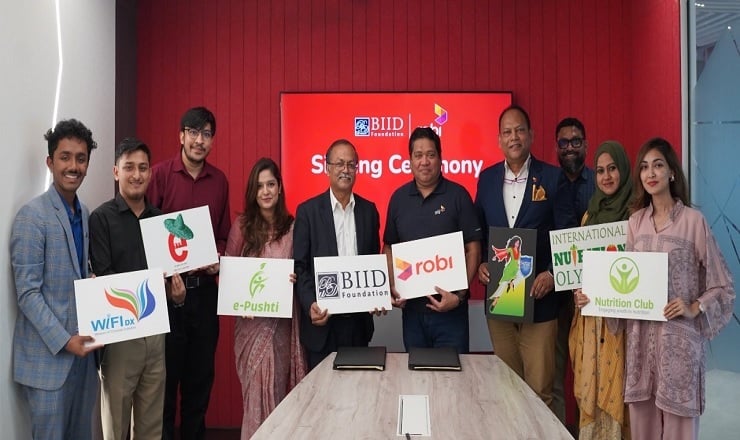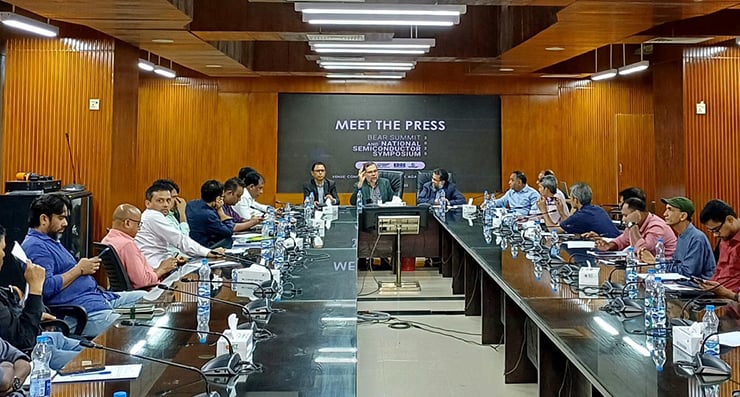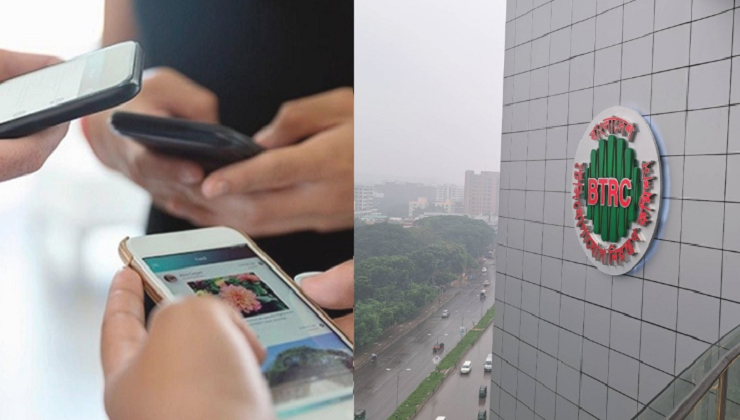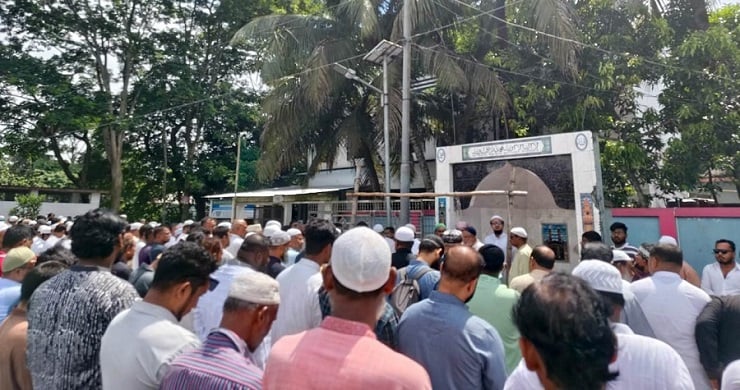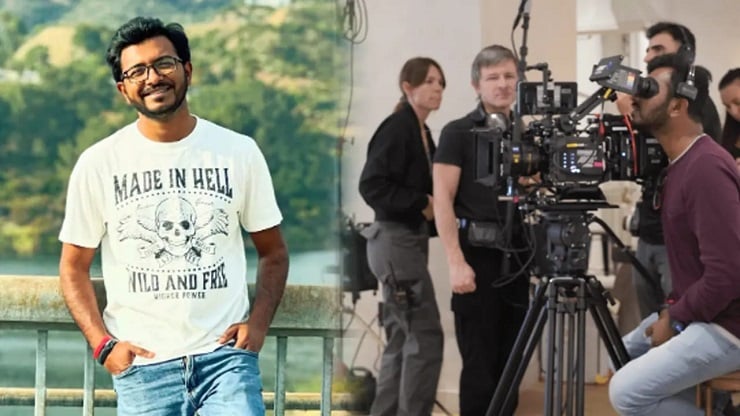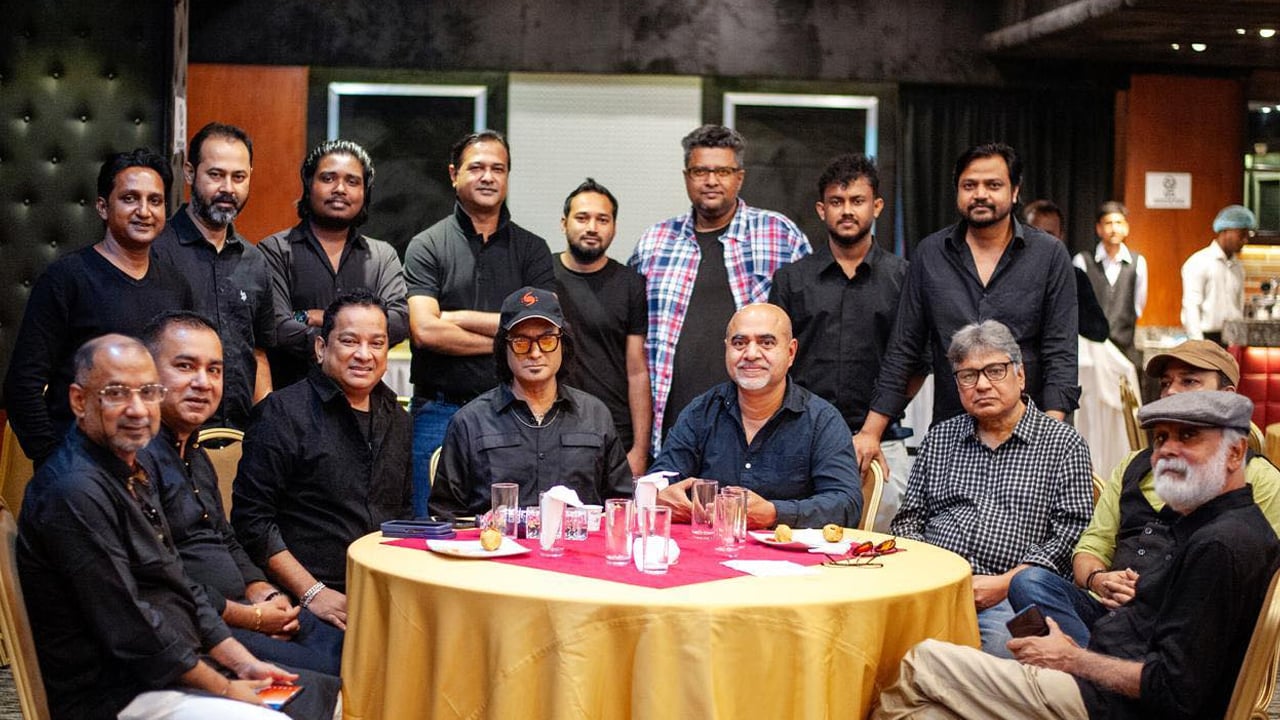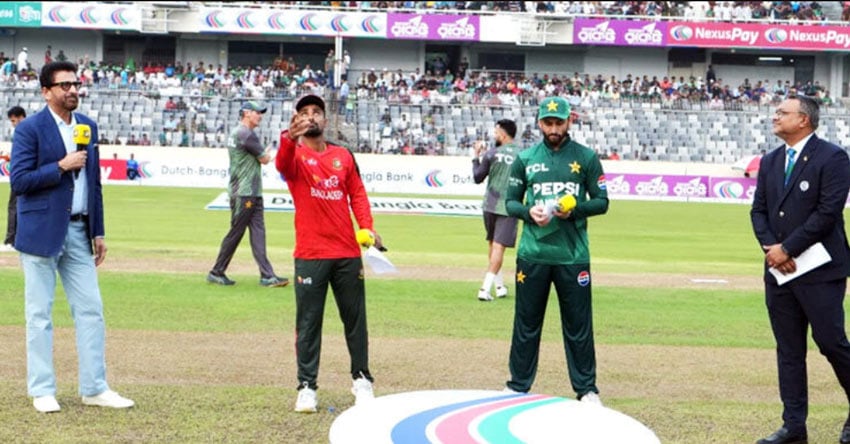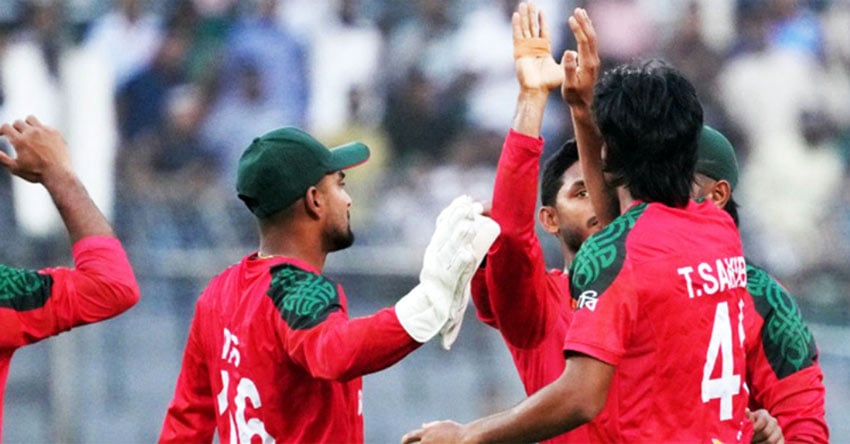Economic Priorities in Bangladesh's 2025-26 National Budget
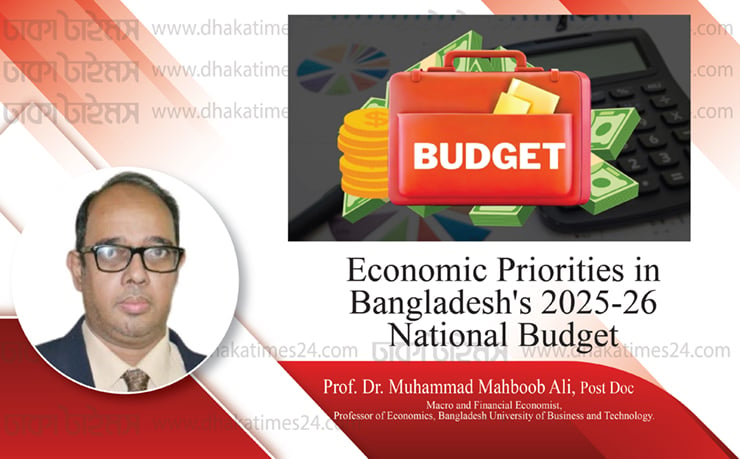
The current national budget for fiscal year 2025-26 is poised to prioritize strategic economic initiatives that align with Bangladesh’s long-term development goals, emphasizing sustainable growth and improved living standards. A key focus will be infrastructure modernization, with approximately 25-30% of the total budget dedicated to upgrading transportation networks, expanding energy access, and improving urban and rural utility services. Major projects—such as highway expansions, rural electrification, and urban transit enhancements—will drive economic connectivity and productivity.
To address socioeconomic disparities, 10-15% of expenditures will bolster social protection programs, including expanded cash transfers and food assistance, ensuring vulnerable populations are shielded from economic instability. Concurrently, 15-20% of the budget will target healthcare and education reforms, with investments in public health infrastructure, medical training, and digital learning tools to improve accessibility and quality.
Recognizing agriculture as a cornerstone of food security and rural livelihoods, 5-10% of allocations will support farm subsidies, irrigation upgrades, and agri-tech innovation, fostering resilience and productivity in the sector. By balancing infrastructure, social equity, and human capital development, the budget aims to lay a foundation for inclusive and sustainable progress.
This fiscal strategy reflects a holistic approach—bridging immediate needs with long-term prosperity—while ensuring equitable benefits across all segments of society. he upcoming national budget will dedicate 3-5% of allocations to accelerate Bangladesh’s digital transformation, focusing on critical infrastructure development including IT parks, nationwide broadband expansion, and comprehensive digital literacy programs. These investments aim to bridge the urban-rural digital divide while positioning Bangladesh as a competitive knowledge-based economy in the region.
To strengthen industrial capacity, 5-7% of budgetary resources will target the manufacturing sector, with special emphasis on enhancing the global competitiveness of textiles and garments through SME-focused tax incentives, modernization grants, and export facilitation measures. This sectoral boost is expected to generate significant employment while increasing foreign exchange earnings.
Environmental sustainability will receive 4-6% of funding, channeled into renewable energy projects, circular waste management systems, and climate adaptation technologies. These green investments reflect Bangladesh’s dual commitment to sustainable development and climate resilience as outlined in its international commitments.
Fiscal prudence will guide debt management strategies, maintaining the debt-to-GDP ratio below 40% through careful refinancing and enhanced revenue mobilization. Concurrently, the government plans to attract $3-5 billion in FDI by implementing investor-friendly reforms, including regulatory simplification and improved business facilitation services.
Comprehensive tax reforms will seek to elevate the tax-to-GDP ratio to 14-15% through progressive rate adjustments, base broadening measures, and improved compliance mechanisms. These fiscal adjustments will be implemented alongside safeguards to protect low-income populations.
Collectively, these budgetary measures – informed by current macroeconomic realities and aligned with Vision 2041 objectives – demonstrate a balanced approach to stimulating growth while addressing structural economic challenges. The final allocations will reflect careful calibration between development aspirations and fiscal sustainability imperatives. Six Nobel laureate economists raised comment on USA, GOP Budget Bill as reported by Brett Wilkins
Jun 02, 2025 emphasizing trade-offs in resource allocation.
Trade-Offs in Budget Design: Balancing diverse sectors can benefit one group while disadvantaging another. Economists differ on the role of government—some favor safety nets, others austerity.
Constraints in Wealthy Nations: Political compromises can lead to unsatisfactory solutions, and short-term savings may incur long-term costs. Global factors also influence domestic policies.
Economic Consequences: Cuts to social safety nets can reduce disposable income and worsen inequality, impacting long-term productivity.
Broader Lessons: No budget is perfect; decisions reflect political realities. Transparency in budget discussions is essential for public understanding.
Bottom Line:
Bangladesh’s budgeting process, like that of the U.S., requires navigating competing priorities while ensuring alignment with societal values for long-term stability.
The National Budget for FY2025-26 serves as the critical launchpad for Bangladesh's transformative 9th Five Year Plan (2026-2030), designed to propel the nation toward its ambitious goals of becoming a Smart Bangladesh and achieving upper-middle-income status by 2031. This budget represents a strategic fusion of immediate action and long-term vision, with targeted interventions across key sectors:
1. Employment Generation with Equity
The budget introduces a groundbreaking employment initiative targeting 150,000 quality jobs in tech and garment sectors, with strong provisions for gender inclusion (40% female participation) and rural empowerment (30% rural employment). This immediate target forms the foundation for scaling to 1 million jobs by 2030 through AI-enhanced SME clusters, strategically linked to the nationwide digital infrastructure expansion that promises high-speed internet across all upazilas by 2028.
2. Export-Led Industrial Transformation
A bold export strategy focuses on securing $1.5 billion in U.S. garment exports through innovative tariff negotiations, while simultaneously laying the groundwork for future diversification through establishment of "Global Value Chain Integration Units" across ministries. These units will drive the expansion into high-potential sectors like IT and agro-processing, supported by data-driven labor market policies informed by AI-reskilling programs.
3. Building Smart, Sustainable Industries
The budget commits to reskilling 50,000 garment workers in AI and robotics technologies, with a roadmap to reach 300,000 by 2030 through strategic partnerships with German and Japanese technology leaders. Complementing this human capital development is a green manufacturing revolution, launching with 200 solar-powered garment factories and building toward a mandatory 20% renewable energy requirement for export industries by 2030.
4. Innovative Global Financing Partnerships
The government will pioneer debt-for-climate swap mechanisms with IMF and World Bank partners, enabled by blockchain-based tax reforms projected to boost the tax-to-GDP ratio by 1.5 percentage points. Concurrent trade diplomacy aims to convert U.S. market gains into broader EU trade advantages through GSP+ status for tech exports, with all international partnerships incorporating strict gender equity requirements (40% female participation in funded programs).
5. Agile Implementation Framework
The budget features an innovative execution model combining quick-win projects with robust contingency planning:
Immediate launch of four regional AI innovation hubs and blockchain tax administration pilots
Deployment of mobile "Smart Van" digital training units to penetrate rural markets
Diversified trade contingency plans covering EU, Middle Eastern, Indian and Chinese markets
Adaptive skilling solutions using modular training platforms for remote areas
Strategic Priorities and Forward Agenda
This budget establishes three core pillars for Bangladesh's next development phase:
Employment as the bridge between macroeconomic growth and microeconomic welfare
Technology-green economy convergence as the magnet for quality FDI
Equity-conditional financing as the standard for international cooperation
The path forward requires rigorous stress-testing of fiscal commitments and accelerated finalization of public-private hiring compacts. As the first budget of Bangladesh's decisive decade, FY2025-26 is engineered to catalyze a virtuous cycle of inclusive growth, technological advancement and global economic integration - the essential ingredients for realizing Vision 2031.
Quick Wins vs. Long-Term Structural Shifts
Area FY25-26 Quick Wins 9th Plan (2030) Structural Goals
Tech Jobs 150,000 jobs (AI/garment) 1M jobs; 10% GDP from AI-driven exports
Green Transition 200 solar garment factories Carbon-neutral industrial zones
Tax Reforms 10.5% tax-to-GDP (luxury taxes) 15% tax-to-GDP via formalization & tech
Equity 40% female workforce participation 50% female STEM enrollment
Inherent Trade-Offs in Budget Design
Budget decisions in Bangladesh must balance competing priorities across sectors, as benefits to one area can adversely affect another. This necessitates careful prioritization. Economists differ in their views on the government's role, with some advocating for strong safety nets while others favor austerity measures.
Economic Consequences:
Immediate Harm: Cuts to social safety nets can reduce disposable income for vulnerable families, dampening overall economic demand.
Inequality Feedback Loop: Reductions in safety nets may worsen inequality, undermining long-term productivity.
Key Considerations for Inclusive Growth
Inclusive Growth: Policies should benefit all societal segments, especially the poor and marginalized.
Labor Market Dynamics: A functional labor market is essential for decent work opportunities.
Skills Development: Addressing skills gaps is critical for creating productive jobs, particularly in the services sector.
Formalization of the Informal Sector: Transitioning informal sectors into formal economies is necessary.
Investment in Human Capital: Education and skills development are vital for workforce productivity.
Youth Unemployment: Targeted interventions are needed to address higher unemployment rates among urban youth.
Entrepreneurship and Innovation: Supporting entrepreneurship drives job creation and diversification.
Gender Inequality: Policies must aim to reduce gender disparities and ensure equal opportunities.
Strong Institutions: Strengthening institutions is crucial for a stable business environment.
Climate Resilience: Addressing climate challenges is essential for sustainable livelihoods.
A Dual Approach for Employment Challenges
Bangladesh faces critical employment challenges for both youth and experienced workers amid automation and AI disruptions. A dual approach is essential:
Inclusive Skill Development: Invest in tailored training programs and lifelong learning initiatives to help workers adapt.
Intergenerational Collaboration: Foster mentorship programs that connect young talent with experienced professionals.
Multi-Stakeholder Collaboration
No single sector can tackle these challenges alone. Success requires a collaborative model involving:
Public-Private Partnerships: Align training with industry needs.
NGO-Led Programs: Reach underserved populations.
Inclusive Policymaking: Consider workers of all ages.
Shared Investment: Focus on upskilling initiatives.
Advocacy Campaigns: Promote age-diverse workplaces.
By implementing this comprehensive framework, Bangladesh can transform its demographic diversity into economic strength, creating a resilient labor market that drives sustainable growth and ensures no generation is left behind. This approach not only addresses immediate employment gaps but also lays the foundation for long-term socioeconomic resilience.
Writer: Macro and Financial Economist, Dept. of Economics, Bangladesh University of Business and Technology
 ঢাকা টাইমস অনলাইন এর সর্বশেষ খবর পেতে Google News ফিডটি ফলো করুন
ঢাকা টাইমস অনলাইন এর সর্বশেষ খবর পেতে Google News ফিডটি ফলো করুন
মন্তব্য করুন






